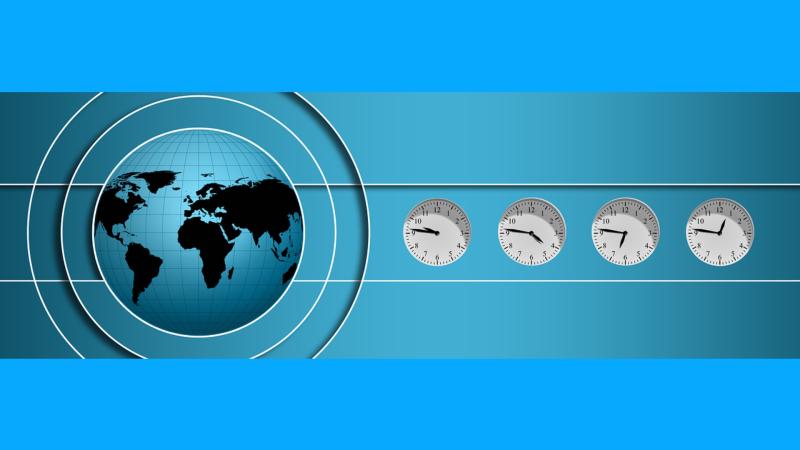
It’s no fun stepping out of your office into the dark at 5 o'clock in the evening, nor is it pleasant to have sunlight on your face disturbing your early morning slumber at 4 o’clock. However, if you are in any of the states in the North East, this is the reality! The current Indian Standard Time (IST) affects the lives of people here as daylight dawns and ends way earlier than the typical 9-5 working hours. Although these states have long demanded a separate time zone, there has been no implementable solution yet, and in 2017, the Guwahati High Court dismissed a public interest litigation requesting it.
In a recent study, researchers from the CSIR-National Physical Laboratory have once again looked at the possibility of having two time zones for India. They propose to introduce a new time zone, called IST-II, for states on the east of West Bengal and also have suggested a feasible way to implement it. The study has been published in the journal Current Science and funded by the Department of Science and Technology.
“Implementation of IST-II in these states would not only enhance the efficiency of the populace as their daily working hours get synchronous to the circadian clocks but would also save a significant amount of energy”, argue the researchers.
The world is divided into twenty-four time zones, each with a longitudinal width of 15 degrees. As one moves eastwards, one hour gets added per zone. Many countries span across time zones, like the USA, which has nine time zones. However, although India is almost 29⁰ longitudinally wide, it has a single time zone. This fact impacts the north-eastern states where the day starts as early as 4 AM in the summer and ends by 4 PM in the winter. Since our body is tuned to sleep during the dark and be active when there’s light, the fact that the daylight time and the clock are out of sync affects the productivity of those living in the northeastern states.
In the current study, the researchers compared the sunrise and sunset timings of ten regions across India, starting from the easternmost Dong in Arunachal Pradesh to the westernmost Ghuar Mota in Gujarat. “The Sun rises earlier in the east and, for many months, the sunrise is almost two hours earlier than the western regions,” remark the researchers. If a person in such regions followed the Indian Standard Time, he/she would have already spent about five hours of daylight before beginning work and would step out when it's already dark.
The researchers propose to address this issue by creating IST-II, a new time zone that adds one hour to the existing IST. They suggest that the current IST (UTC + 5:30 h), represented by the longitude passing through 82°33′E, cover the regions falling between longitude 68°7′E and 89°52′E. The second time zone, IST-II, represented by the longitude passing through 97°30′E, should encompass the regions between 89°52′E and 97°25′E. The researchers suggest the north-eastern states of Assam, Meghalaya, Nagaland, Arunachal Pradesh, Manipur, Mizoram, and Tripura, as well as the Andaman and Nicobar Islands, to follow this time zone.
The study also puts forth a demarcation line between the two time zones. “The demarcation line has to be the border between West Bengal and Assam, where the country has the narrowest spatial neck,” say the researchers.
This division will also help reduce the logistical challenges for transportation systems like the railways. In India, the train timings and signals are not fully automated yet. Since the proposed IST-II region has only two train stations, it would be easy to manually change the times on the trains passing through and avoid any mishaps, argue the researchers.
Adding a new time zone not only could help improve the lifestyle of people in these states but also has added advantages. For example, the researchers state that since most of the work would then be done in daylight hours, there will be a significant reduction in electric consumption in these states. “The estimated annual energy saving comes out to be 2×107 kWh, which is significant considering the fact that these states are already short on electric power”, they say.
The study revisits the idea of having two time zones in India, akin to the ‘Bombay Time’ and ‘Calcutta Time’, established by the British in 1884. The researchers state that the current timekeeper of India, the National Physical Laboratory located in New Delhi, is well equipped to maintain two time zones if another such lab is established in the region that falls under IST-II.
“Since NPL-New Delhi already has the required technical expertise, duplicating this facility is just a matter of availability of appropriate funds and space”, they point out.





